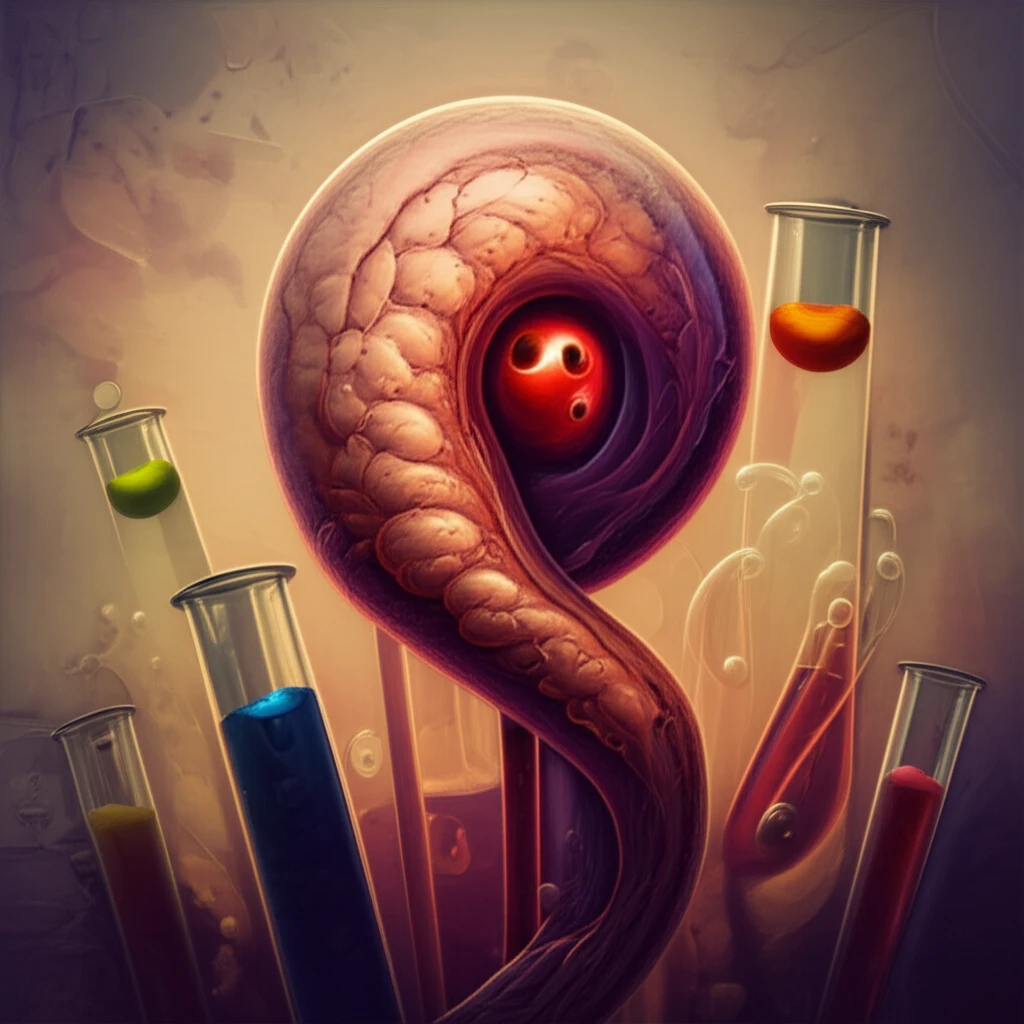
Ovarian Torsion Alert: Can Clinical Markers Predict This Emergency?
"New research combines age and lab results to spot mature cystic teratomas at risk of twisting, offering earlier intervention."
Mature cystic teratomas (MCTs), also known as dermoid cysts, are common ovarian tumors, accounting for about 20% of all ovarian tumors. While usually benign, these cysts can sometimes twist (torsion), leading to pain and potential complications. Prompt diagnosis is critical, but can be challenging.
Ovarian torsion occurs when the ovary twists on its supporting ligaments, cutting off blood supply. This can cause severe pain and, if not treated quickly, can lead to ovarian damage or necrosis. Diagnosing torsion can be difficult because symptoms can be similar to other conditions.
A new study published in Obstetrics & Gynecology Science explores whether a combination of clinical and laboratory findings can improve the accuracy of diagnosing torsion specifically in MCTs. The research aims to provide clinicians with better tools for identifying at-risk patients and intervening early.
Unlocking the Torsion Code: Key Markers Revealed

Researchers conducted a retrospective review of 384 patients who underwent surgery for histologically confirmed ovarian MCTs. They compared patients who experienced torsion with those who did not, looking for significant differences in clinical presentation, lab results, and surgical findings. The goal was to identify factors that could help predict torsion.
- White blood cell (WBC) count
- Neutrophil count
- Neutrophil-to-lymphocyte (N/L) ratio
- Tumor size
A Combined Approach: The Power of Prediction
Using receiver operating characteristic (ROC) analysis, the researchers found that the combination of age, WBC count, neutrophil count, N/L ratio, and tumor size yielded an impressive area under the curve (AUC) of 0.898. This indicates a high level of accuracy in distinguishing between MCTs with and without torsion.
The researchers developed a prediction model equation, incorporating these five variables, to estimate the probability of torsion. This tool could potentially help clinicians make more informed decisions about patient management.
While further validation is needed, this study suggests that a combined assessment of clinical and laboratory characteristics may serve as a valuable diagnostic marker for torsion in mature cystic teratomas, leading to earlier intervention and improved outcomes for women.
